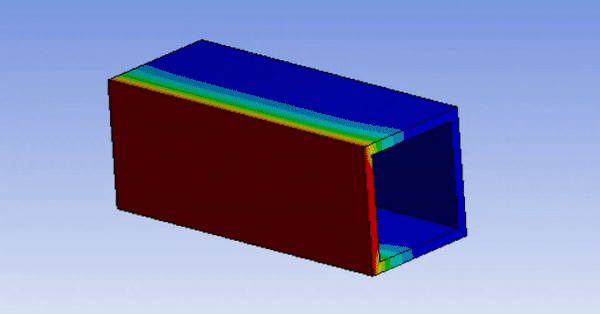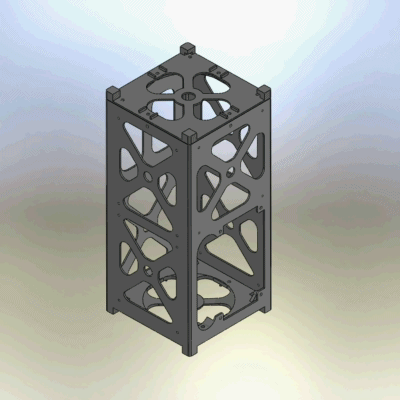

CLASS
Nanosatellite or nanosat is the term to describe a satellite which has a wet mass of about 1kg to 10 kg. In spite of their small size, they perform all the tasks that a conventional satellite does, with an added advantage of lesser cost. Nanosatellites play a huge role in our economy and research development as it provides a great stand to various research opportunities. According to IARU, the survey conducted in 2014 says that there are around 685 nanosatellites and 613 cubesats launched in total of which 405 are in orbit where 321 are operational and 71 of them were destroyed on launch. But now, we are in an era where cubesats are of a great deal and are being developed rapidly.
HISTORY
In 1999, California Polytechnic State University (Cal Poly) and Stanford University developed the CubeSat specifications to promote and develop the skills necessary for the design, manufacture, and testing of small satellites. The rest is history.
SPECIFICATIONS


| Spacecraft | RVSAT-1 |
| Mission Type | System Design and Verification |
| Payload Objective | Microbiological growth analysis |
| Orbit Type | LEO |
| Organization | RV College of Engineering |
| Launch Agency | ISRO |
| Mission Time | 2 days |
| Mass | 1.88kg |
| Dimensions | 100mm × 100mm × 233.17mm (2U CubeSat) |
| Altitude | 350 KM |
| Peak Power Consumption | 10 W |
MISSION
The aim of RVSAT-1 is to perform a microbiological growth experiment under microgravity conditions in Low Earth Orbit by utilizing the orbital platform provided by PSLV stage 4.
The project demands engineering of critical environmental systems for sustaining the microbe in space. RVSAT-1 uses the orbital platform provided by 4th stage of PSLV to design a cost effective payload with impeccable quality and conforming to highest standards.
Team Antariksh is grateful for the opportunities that ISRO is providing students to learn something that is new and is literally out of this world! The Announcement of Opportunity program launched by ISRO is the main driving force which encouraged us to start this project.
Major challenges in the domain of space technology have always been solved through international collaboration. Through its various policies, ISRO encourages Indian academia to engage in international collaborations to facilitate the development of space technology at a global level.
The decision of building a payload was taken for the sole purpose of following the lines of ISRO’s main objectives and achievements, them being, making low budget space projects, broadening the horizons of the research sector and uplifting the pride of our nation through international collaboration.
Subsystems
For completion of the project under schedule, the team is divided into functional hierarchy, with five domain specific well-functioning subsystems.
-

ECL
assets/img/universe/ecl.gif
ECL
-

Thermal
assets/img/universe/thermal.gif
Thermal
-

Fluids
assets/img/universe/fluid.gif
Fluids
-

Structures
assets/img/universe/structures.gif
Structures
-

Microbiology
assets/img/universe/payload.png
Microbiology


Close Modal
